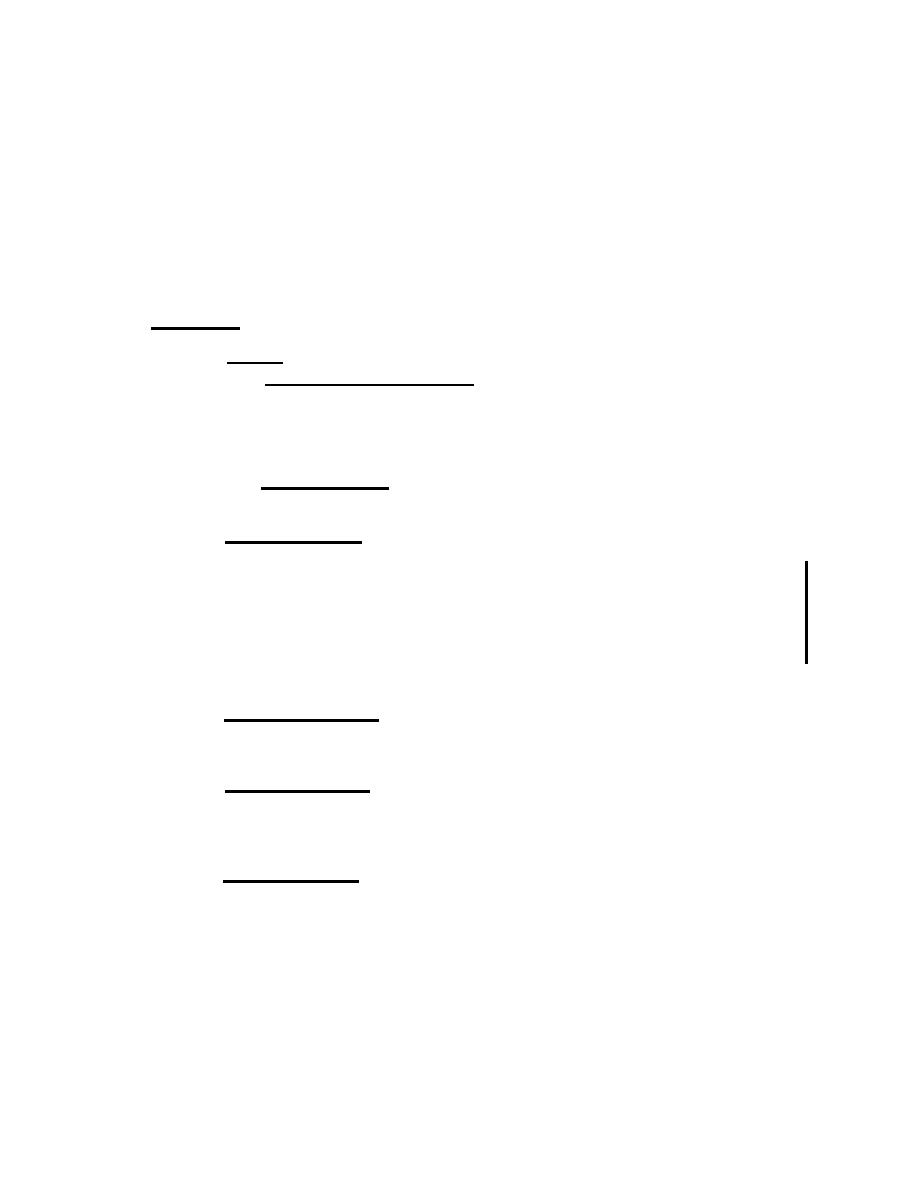

Custom Search
|
|

|
||
 prior to the
I
fabrication of the system. The drawings shall be submitted in a
complete set for the area as indicated; partial submissions will not be
acceptable. Timbers, uprights, hangers, piping, lighting fixtures,
ducts, etc., are likely to interfere with the proper distribution of
water from sprinklers. Therefore, sprinklers should be so located or
spaced that any interference is held to a minimum. In connection
herewith, the contractor shall obtain coordination among the trades so
as co avoid any interference with potential effectiveness of the
automatic sprinkler system.
MATERIALS:
Valves.
1.
a. Controlling gate valves located at sprinkler riser(s)
I
shall be either O.S. & Y. valves or butterfly valves.
They shall be of the Underwriters' Laboratories pattern and listing, or
Factory Mutual approved. Outside control valves shall be of the post
indicator type.
b. Dry pipe valve shall be specifically approved by
Underwriters' Laboratories or Factory Mutual for its intended use.
2. Sprinkler heads shall be Underwriters' Laboratories listed or
Factory Mutual approved. The PACNAVFACENGCOM Fire Protection Engineer
shall determine the sprinkler head degree rating during the design
review stage. Heads installed where they might receive mechanical
injury shall be protected with approved guard s . Spacing of heads
and design density discharge requirements shall be determined by the
PACNAVFACENGCOM Fire Protection Engineer during the design
stage. Pendant heads where required, shall be installe d as shown
in NFPA Standard No. 13. Sprinkler heads shall be nominal l/2 inch
size.
3. Sprinkler cabinet with approved number of sprinkler heads (of
all types and ratings installed) and a sprinkler wrench shall be
provided for the system and installed where directed.
4. Approved devices shall be installed for the automatic
transmission of water flow alarms connected to any existing station
exterior fire alarm system and connected for the sounding of a local
fire alarm upon tripping of the dry pipe valve.
5. Air compressors shall be installed in accordance with
requirements of NFPA Standard No. 13. Each air compressor shall have
sufficient capacity to fill any single dry-pipe system within a period
of thirty minutes, and shall have 25 percent additional air capacity.
Each air compressor shall be complete with motor, vee belts, A.S.M.E.
Code air receiver, pressure gauge, high and low pressure switches,
starting devices, receiver drain, air intake filter, belt guards, etc.
Air compressors and/or receivers subject co mechanical injury shall be
protected by suitable rails or guards. Air supply to compressors shall
be taken from an unheated building area subject CO minimum anticipated
temperatures.
V-2
|
 
|
|
 |
||